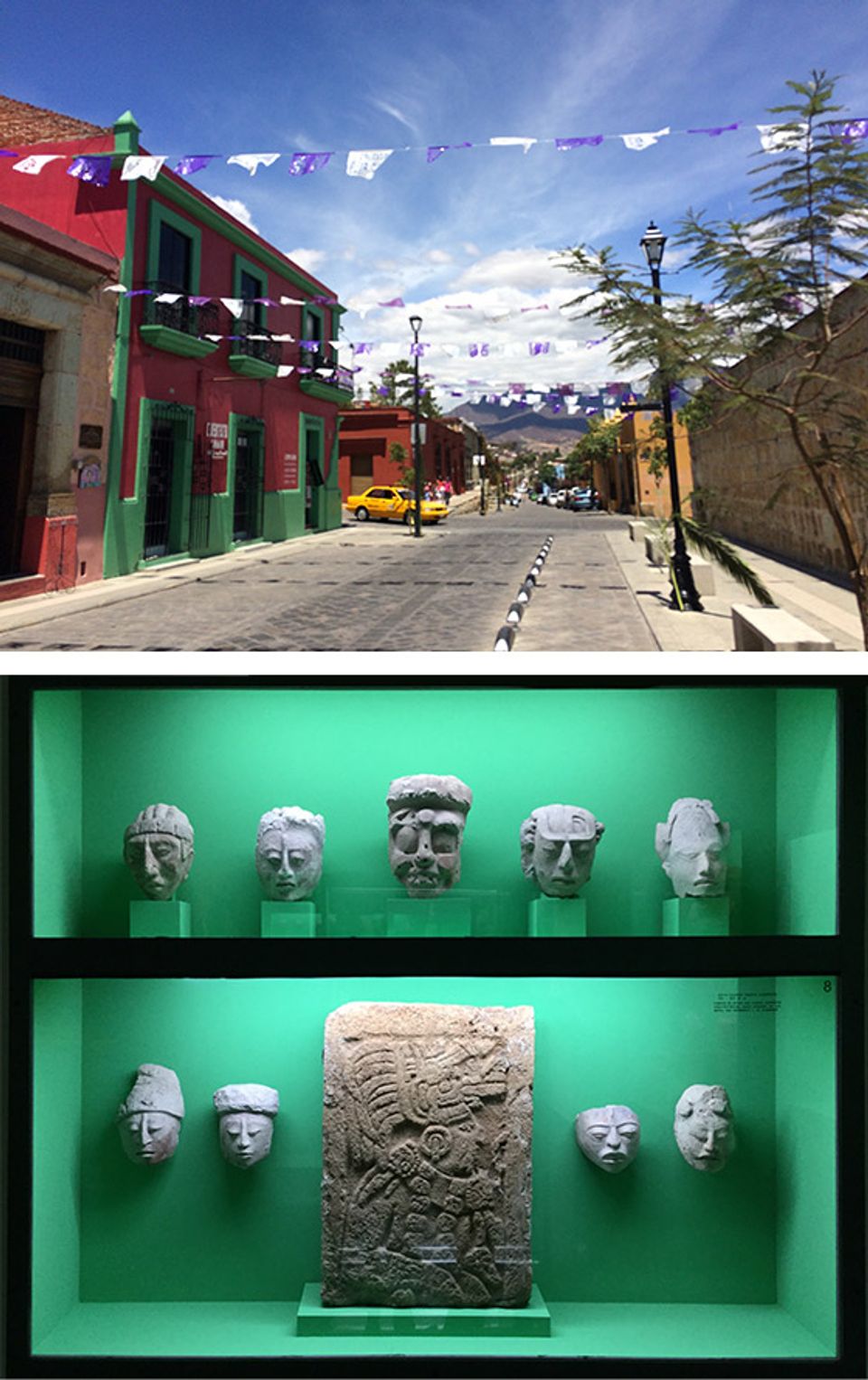

E. Carmen Ramos, curator of Latino Art at SAAM was recently in Mexico to research her upcoming exhibition on the acclaimed 20th-century Mexican artist Rufino Tamayo's lengthy residence and production in New York City, Tamayo: The New York Years. This is the fourth in a series of posts Carmen scribed from the road. Stay tuned for more updates. Read all of Carmen's notes from her research trip.
Oaxaca, Tamayo's birthplace, is breathtakingly beautiful. Nestled in a valley at the foot of the Sierra Madre mountains, the historic part of the town is filled with cobblestone streets and turn-of-the-century homes with wrought iron gates referenced in many Tamayo paintings of the 1920s and 1930s. In the 1970s, Tamayo gave his pre-Columbian collection to the State of Oaxaca. He began collecting pre-Columbian art in the 1950s and by the 1970s had amassed around 800 works, mostly sculptures, representing many indigenous cultures throughout Mexico. The museum he would found, the Museo de Arte Prehispanico Rufino Tamayo, emphasizes pre-Columbian objects as art and not anthropological specimens. Tamayo had a say on the installation of the museum. He did not want his collection presented in a "white cube" but sought to infuse the galleries with intense color. The galleries have remained unchanged since the 1970s and are a delight to see and experience.
View works of art by Tamayo in SAAM's collection.
Next stop: Mexican Murals


















